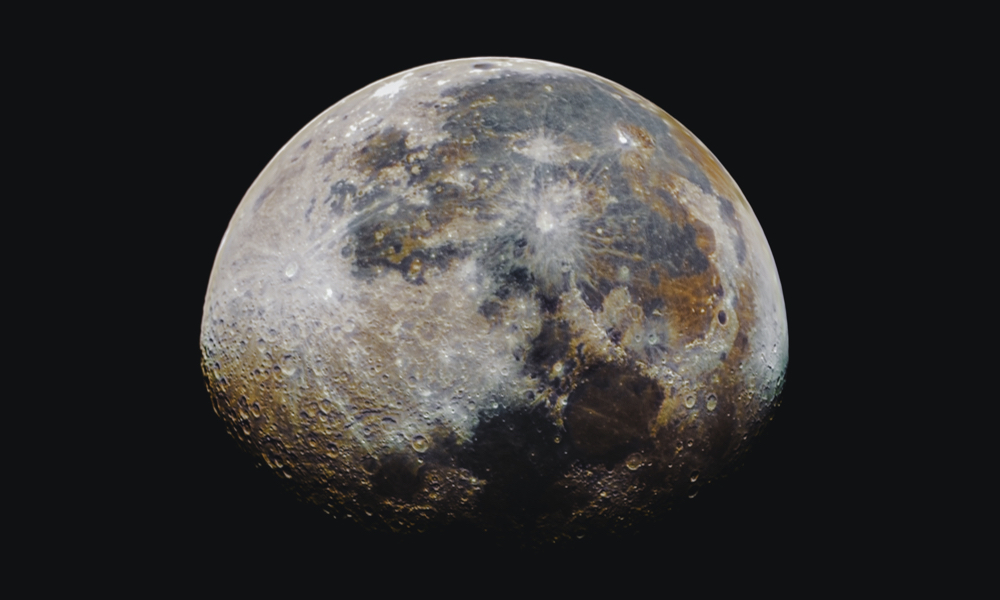
ESA Open Invitation To Tender AO8813
Open Date: 21/10/2016
Closing Date: 02/12/2016 13:00:00
Status: ISSUED
Reference Nr.: 16.156.04
Prog. Ref.: EOEP-4 Instr.Pre.Dev
Budget Ref.: E/0091-E4 – EOEP-4 Instr.Pre.Dev
Special Prov.: AT+BE+CA+CH+CZ+DE+DK+EE+ES+FI+FR+IE+IT+LU+NL+NO+PL+PT+RO+SE+GB
Tender Type: C
Price Range: 200-500 KEURO
Products: Satellites & Probes / Payloads / Instruments / RF and microwave Instruments / Microwave radiometers
Techology Domains: RF Systems, Payloads and Technologies / RF Payloads / EO Instruments
Establishment: ESTEC
Directorate: Directorate of EO Programmes
Department: Earth Observation Projects Department
Division: Instrument Pre-Development Division
Contract Officer: Tchoualack, Cendrine
Industrial Policy Measure: N/A – Not apply
Last Update Date: 21/10/2016
Update Reason: Tender issue
The large potential societal and environmental impacts that sea level rise will have on heavily populated coastal regions have motivated developments of altimetry systems that perform closer to the shoreline and have better spatial resolution. The initial focus has been put on the radar altimeters by incorporating a synthetic aperture radar (SAR) principle for avoiding off-nadir backscatter from land masses. Using this technique for the first time, CryoSat-2 achieved for its altimeter an along-track resolution of 300m, although the across-track resolution was still dictated by the size of the antenna footprint. Both the Sentinel-3 and Jason-CSradar altimeters use the same principle. AltiKa, a CNES and ISROs joint altimetry mission, uses a Ka-band radar frequency on the other hand, achieving a smaller footprint with an antenna diameter of 1 m, thus reducing land contaminations in both along- and across-track directions.While radar altimeters are improving their spatial resolution, the resolution of the accompanying microwave radiometers (MWR) is not progressing as fast. Altimeters employ radiometers to perform wet tropospheric correction (WTC), a major sourceof uncertainty in the overall altimetry error budget. To improve also the radiometer measurement resolution and capability closer to shore, higher frequency millimeter-wave channels are now being proposed. The objective of this study activity is to elaborate a novel radiometer instrument design aimed at future operational altimetry missions with higher spatial resolution in order to improve coastal altimetry, topography over sea ice, ice sheets and possibly also inland hydrology applications.
If you wish to access the documents related to the Invitation to Tender, you have to log in to the ESA Portal.
